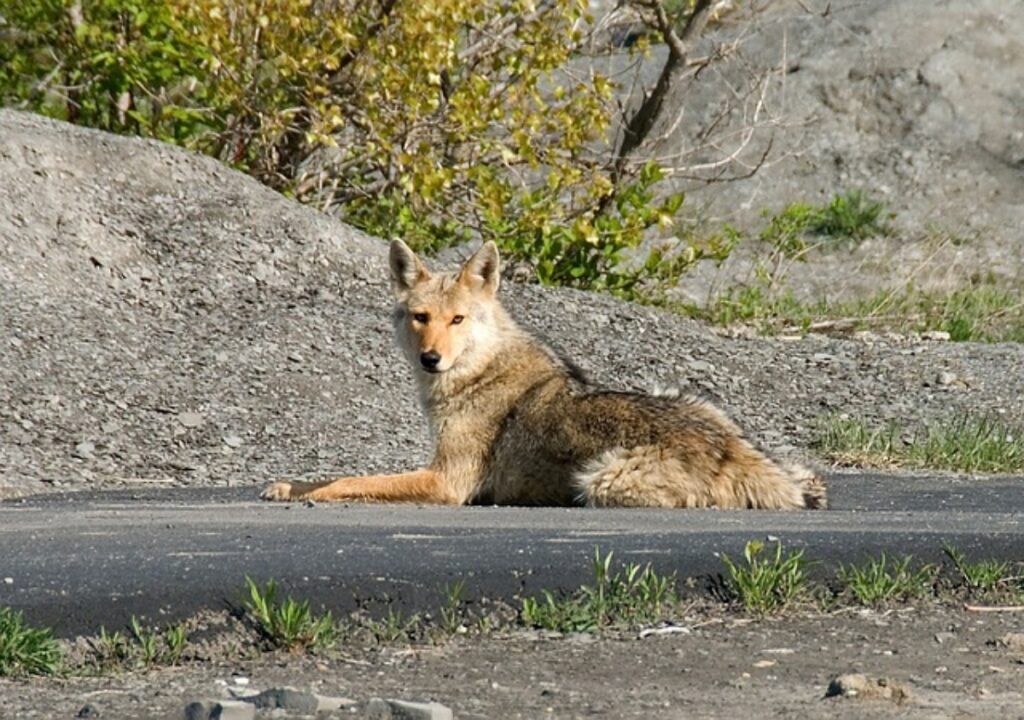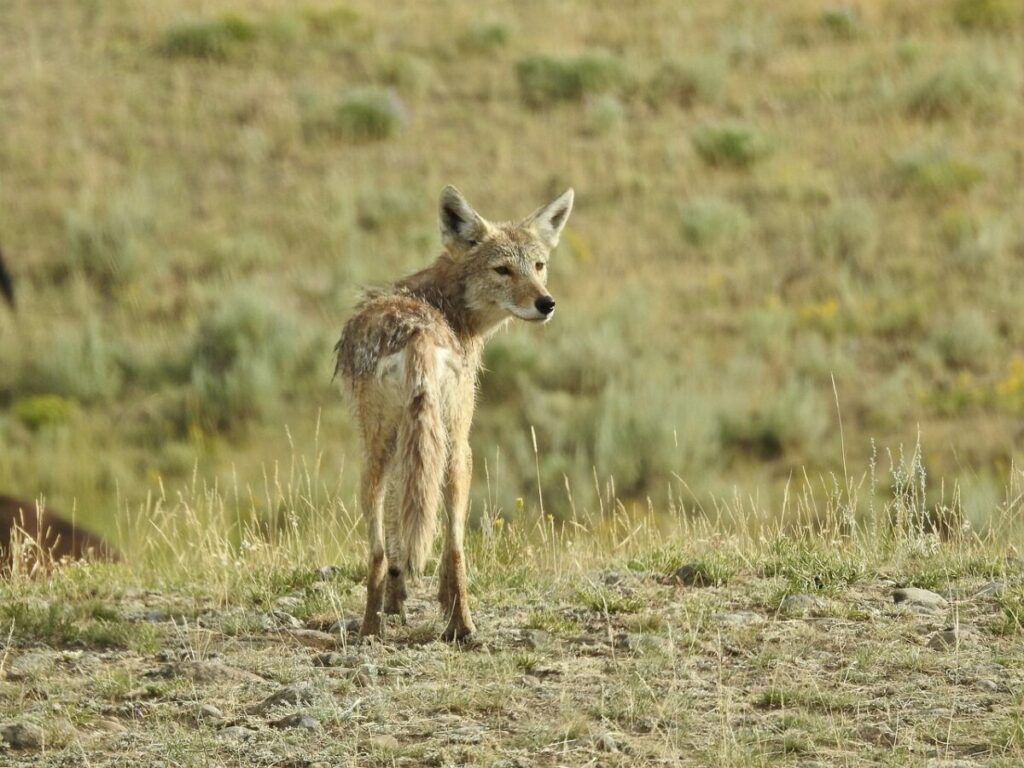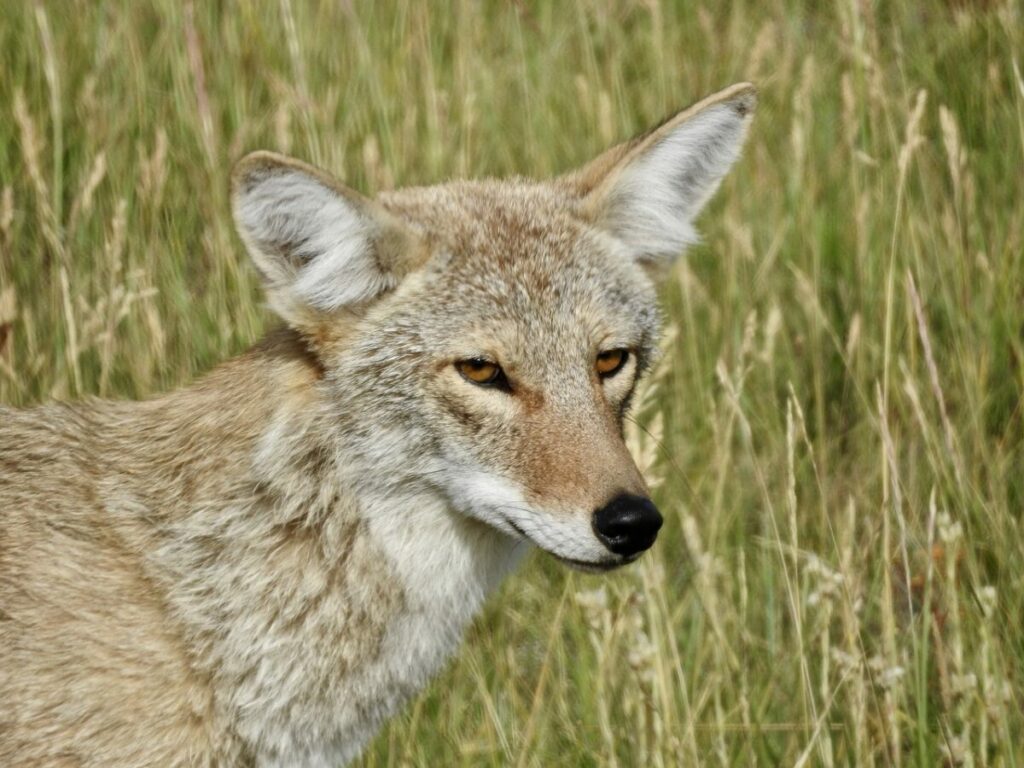The Unique Charm of Owning a Pet Coyote: Discover the Wild Side of Domestication”. If you’re intrigued by the thought of having a wild pet with a unique character, but have only ever experienced domestic dogs or cats, you may consider adopting a pet coyote. However, this choice comes with its fair share of challenges and unique considerations that we’ll explore in this post.
Understanding the Intricacies of a Pet Coyote

In regions spanning from Alaska to South America, the coyote confidently roams. Their various coat colors, ranging from yellowish hues in warmer climates to dark shades in colder areas, reflect their adaptability. To describe them briefly, they strike a fine balance between a canine and a wolf, showcasing puffs of white fur on their chest and reddish-brown hues on their muzzle and paws.
Let’s bullet-point some key aspects of the coyote physique:
- Length when matured: Up to 34 inches
- Height: Up to 26 inches
- Weight: Approximately 50 pounds
- Speed: Can reach 43 miles per hour
- Leaping distance: Capable of jumping 13 feet
Coyote calls, with their distinctive yips and howls, ring out primarily in the mating season from January to March each year. While their sounds are a common form of communication within their community, it is also a stark reminder of their wild nature.
What You Need to Know Before Adopting a Pet Coyote

Given their wild instincts, even the thought of adopting a pet coyote encompasses significant challenges. Often, individuals encounter orphaned pups and, charmed by their docile nature, consider adopting them. However, as they mature, their innate wild instincts re-emerge, causing them to exhibit signs of aggression and anxiety.
Allow us to highlight a few reasons why adopting a coyote may not be the best decision:
- Space: Coyotes require ample room for physical activity. A confined space will provoke anxiety and aggression.
- Interactions with Other Pets: They’re natural hunters, and smaller animals might trigger their predatory instincts.
- Legal Restrictions: In certain states, keeping a pet coyote is illegal, which could lead to penalties or even arrest.
Avoid the Pitfalls: The Risks of Owning a Pet Coyote

An inability to provide the proper environment for a pet coyote can provoke disastrous situations. They may become increasingly aggressive, potentially jeopardizing safety.
Related Resources
As you consider the wild charm of a pet coyote, remember the responsibilities and challenges that come along with it. The decision to adopt a pet must always be well-informed and respectful toward the welfare of the animal involved.